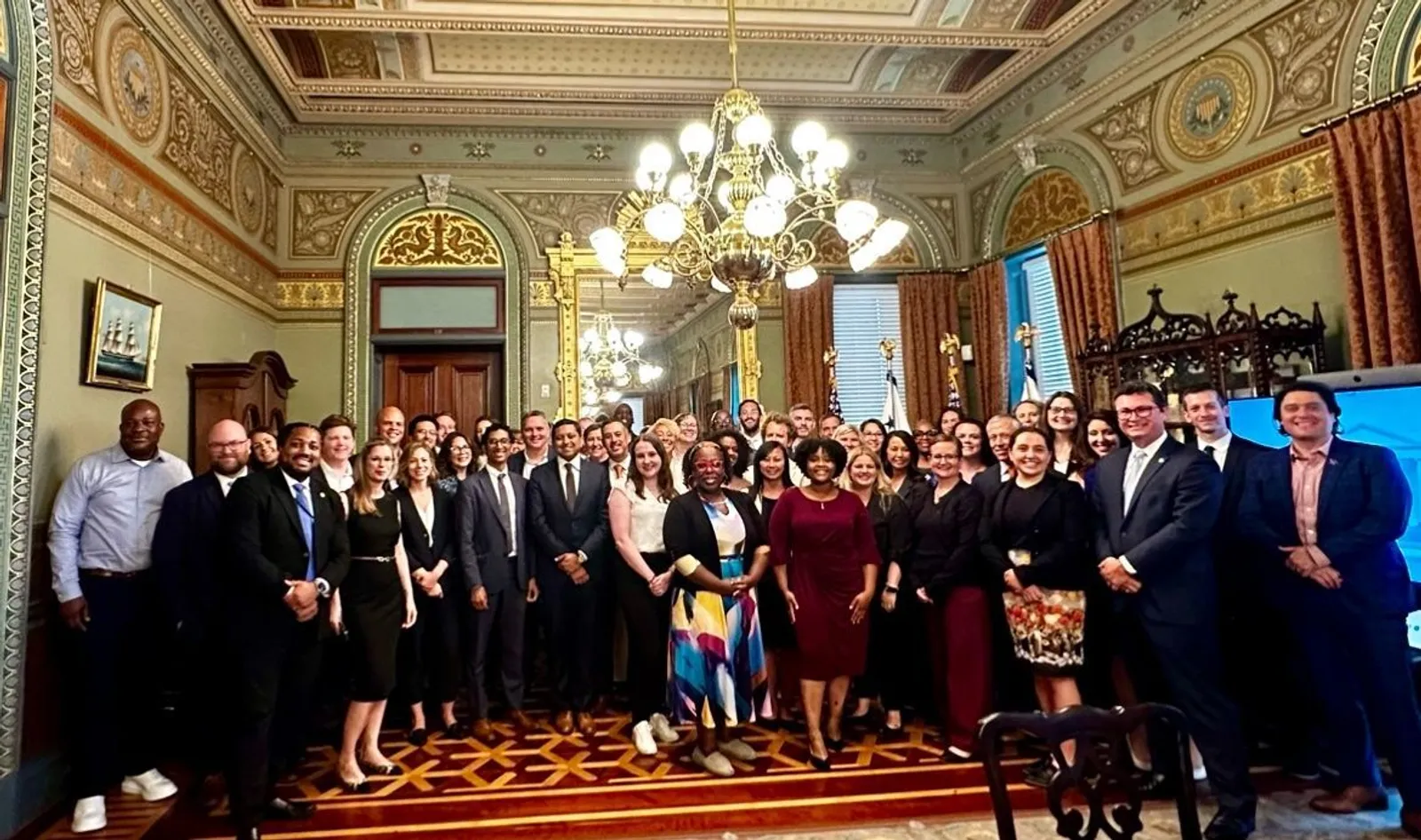Gun violence continues to have an outsize impact on American communities. Over the last 20 years of available data (2003-2022), more than 715,000 people have been killed with guns in the U.S., including nearly 420,000 firearm suicides and over 270,000 firearm homicides. Local, state and federal governments suffer more than $500 billion in economic losses annually because of gun violence in our communities.
Since 2019, more than a dozen states have established offices of gun violence prevention (OVP) to better coordinate and implement statewide policies and practices to reduce gun violence, bolster prevention efforts with infrastructure and sustained resources, and to elevate the importance of gun violence in public discourse and within state government.

To better understand this emerging policy trend, the Joyce Foundation released a new report: A Landscape Analysis of State Offices of Gun Violence Prevention, Making Firearm Safety a Permanent Part of State Government. This report examined their functions, surfaced emerging best practices, and identified considerations and recommendations for states looking to establish an OVP of their own. The report also found that existing offices share several similarities, but also vary in several significant ways, with implications for how they operate, including:
- Many state OVPs are small, ranging from one to 10 staff and many with budgets of less than $1 million annually. To measurably reduce gun violence, state OVPs will almost surely need to grow significantly, but they must also think strategically about where to invest their limited resources to have meaningful impact.
- States vary greatly in the degree to which other agencies, civil society institutions such as universities, and municipalities are already engaged in gun violence prevention. The report finds that State OVPs have a significant opportunity fill the most important gaps in the existing statewide response, leveraging local resources and allies, without creating unnecessary redundancies.
- Many states have appointed directors for their OVPs with decades of experience in community violence non-profits. Others are led by attorneys, public health practitioners, former elected officials, or former law enforcement, or a combination thereof.
- To provide leadership on gun violence prevention in the long-term, those state OVPs enshrined in statute appear best positioned to do so. Those OVPs created through executive action, either by a governor or attorney general or even a health commissioner, appear more precarious, with less certainty about their budget if elections were to bring in a new administration.
- To coordinate a statewide response to gun violence, state OVPs must build relationships with diverse stakeholders, and their success in doing so may come down to subtle but essential qualities of personnel.
To discuss the findings of this report, in July 2024, The Joyce Foundation hosted the first-ever convening of state offices of gun violence prevention at the Milken Institute in Washington, DC, culminating in a historic meeting at the White House, led by Office of Gun Violence Prevention Deputy Directors and long-time Joyce Foundation allies Rob Wilcox and Gregory Jackson Jr.
More than 30 officials from 16 states, including leaders from 12 state Offices of Gun Violence Prevention shared strategies, identified collaboration opportunities and best practices, discus the importance of raising awareness around their work, and received information on federal resources available to state offices to advance this work. For more information on the meeting, see this readout from the White House.
Questions about this report can be addressed to [email protected].

About The Joyce Foundation
Joyce is a nonpartisan, private foundation that invests in evidence-informed public policies and strategies to advance racial equity and economic mobility for the next generation in the Great Lakes region.